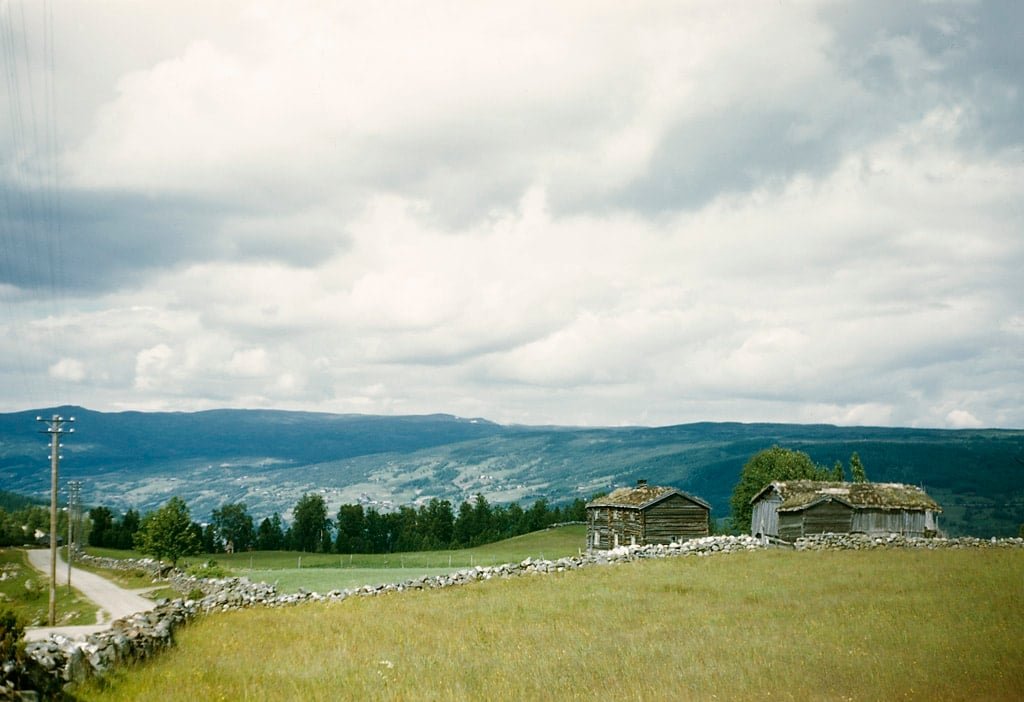
A rare carved image dating back 3,000 years has been uncovered in central Norway, offering fresh insight into Bronze Age rituals and rock art.
The find was made in Gauldal, a river valley buried under thick clay after a massive landslide around 800 BCE. The disaster sealed traces of human activity that remained hidden until 2014, when archaeologist Hanne Bryn was sent to the area during a survey linked to the expansion of the E6 highway.
Bryn, now with the NTNU University Museum, described the discovery as unique in a Central Norwegian context. What emerged beneath the clay was a prehistoric cult site unlike anything found in the region.
Ritual site beneath the clay
Archaeologists identified two main zones, each marked by a modest longhouse about 10 to 12 meters (33 to 39 feet) long and associated burial structures. One area contained a larger stone cairn and three slab-built burial chambers.
Around the structures, scattered stones bore carvings. Some showed cup marks—circular depressions carved into the surface—while one footprint included clearly defined toes.
At the far end of one longhouse, beneath a cluster of stones, Bryn uncovered the small engraved artifact that would become the centerpiece of the excavation.
A portable carving
The stone measured just 20 by 10 centimeters (7.8 by 3.9 inches), roughly the size of a photograph. On one side, a human figure stood beside what appears to be a dog, with a bow and arrow engraved above the hand, using a different technique. The reverse side carried another human figure, an unclear shape, and a ship.

Unlike most rock art in Norway, which is carved into bedrock, this stone was portable. Bryn said that makes it extraordinary, noting that few discoveries can be compared to finding such an object still lying in the landscape where it was once used.
Human remains and ritual traces
No evidence of permanent settlement was found at the site. Archaeologists uncovered cooking pits and a fire pit that may have been linked to bronze casting, but the space between the burial zones remained empty.
Burnt human bones were recovered from the stone chambers and dated to between 1000 and 800 BCE. That timeframe coincides with the landslide, raising questions about whether the site was still in use when it was buried. Bryn said there were no signs of people present at the time, ruling out a sudden catastrophe like the one that struck Pompeii.
Broader Bronze Age landscape
The Gauldal cult site forms part of a wider Bronze Age cultural landscape. Rock carvings have also been found near Gaulfossen and on a plateau south of the landslide pit.
Bryn and her team are continuing fieldwork this summer, shifting their excavation to a plateau just above the landslide’s origin. So far, no major finds have emerged, but signs of digging suggest it may have been used as a settlement area.


